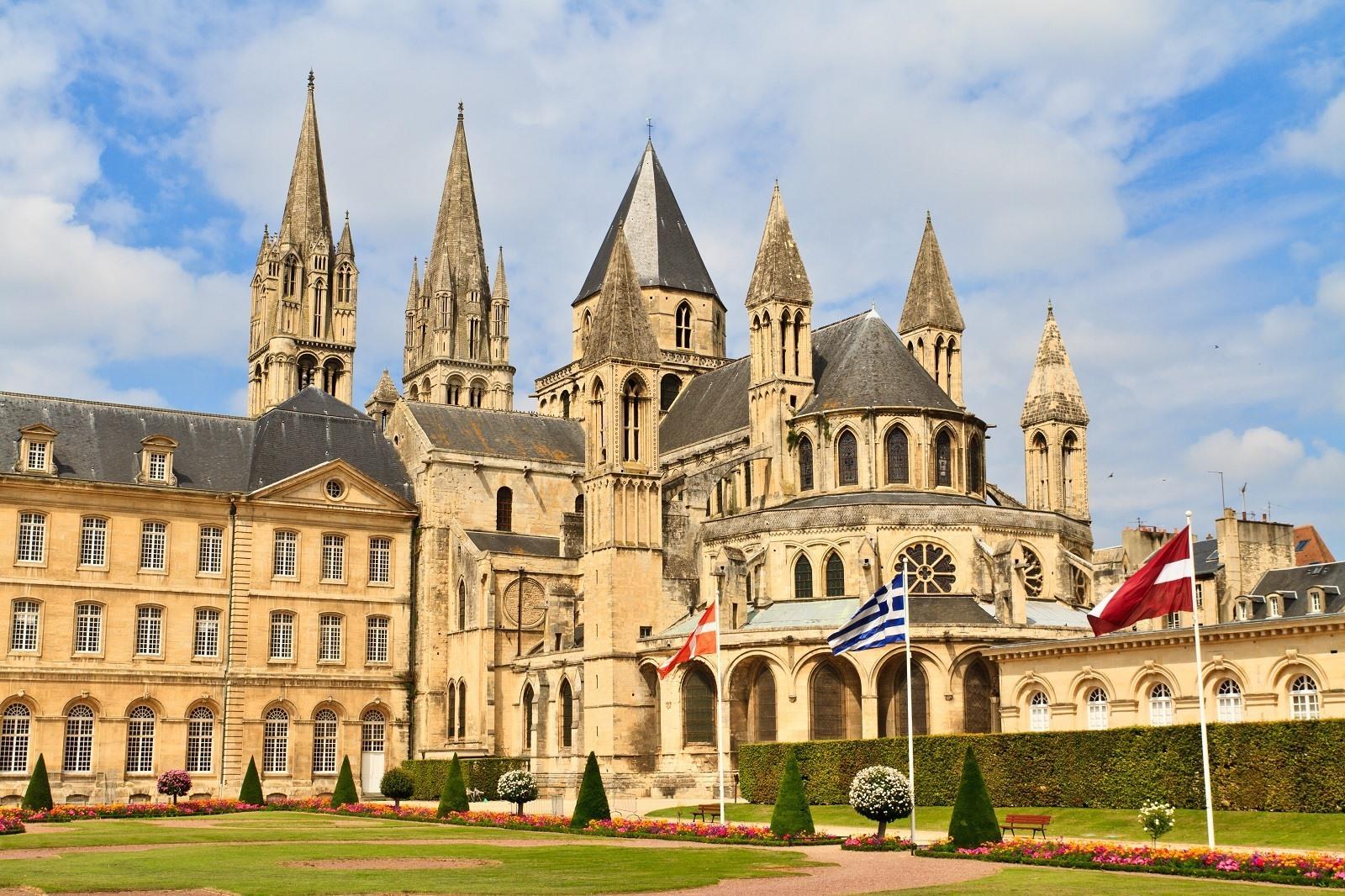
Caen bezoeken? Alle bezienswaardigheden wat zien & doen?
Abbaye aux Hommes history. Consecrated in 1077, William built the Abbaye aux Hommes as atonement for his marriage to Matilda of Flanders, which the Pope had condemned due to their family connection. In 1087, upon his death, William was buried in the foundations. However his grave has been disturbed on multiple occasions, including during the.

Abbaye aux Hommes, Caen London Traveller
Founded in the year 1063 by the famous Duke of Normandy and King of England, William the Conqueror, the Abbaye aux Hommes still stands proudly in the heart of the Norman capital, Caen.Consecrated in 1077, this Benedictine abbey now benefits from a classification and an inscription in the Historic Monuments.

Abbaye aux Hommes de Caen La fabuleuse épopée
Only one leg bone of the Duke has been preserved and buried once again in the Church, under a simple slab. Duke William the Conqueror and the Duchess Matilda founded the Abbayes-aux-Hommes (c. 1063) and Abbayes-aux- Dames (between 1059 and 1065) to enhance the development of the new ducal capital. At Saint-Etienne de Caen, the Abbot Lanfranc.
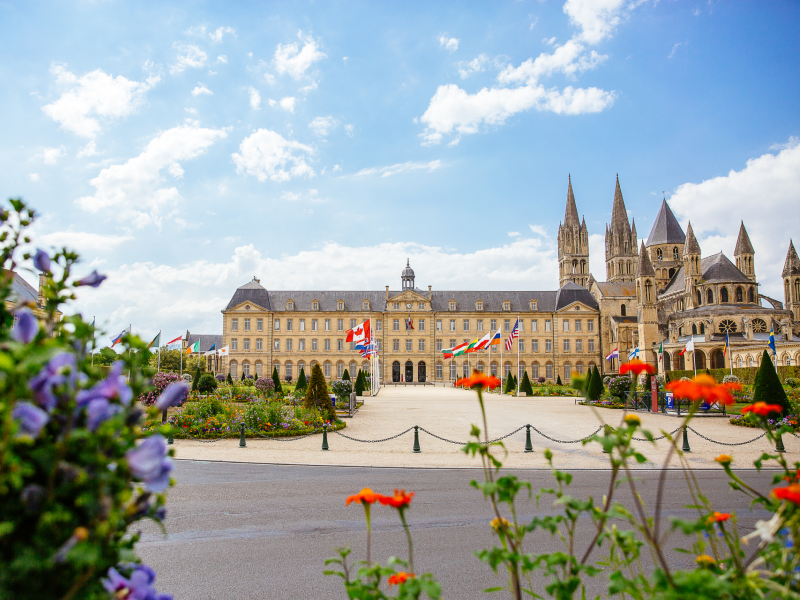
Visite libre de l'Abbaye aux Hommes
Abbaye aux Hommes is a sexpartite rib vault and church that was begun in 1066. The project is located in Caen, Calvados (14), Normandie, Normandy, France, . The architectural style is romanesque and gothic.

Abbaye aux Hommes, Caen, France. Beautiful castles, Castle, Wonders of the world
Founded by William the Conqueror. The city of Caen has some of the most important monuments from the era of the Dukes of Normandy, including the Abbaye-aux-Hommes (Men's Abbey) and the Abbaye-aux-Dames (Women's Abbey), the great Benedictine monasteries founded around the year 1066 by William the Conqueror and his wife Matilda, in reparation for the irregularity of their marriage which.
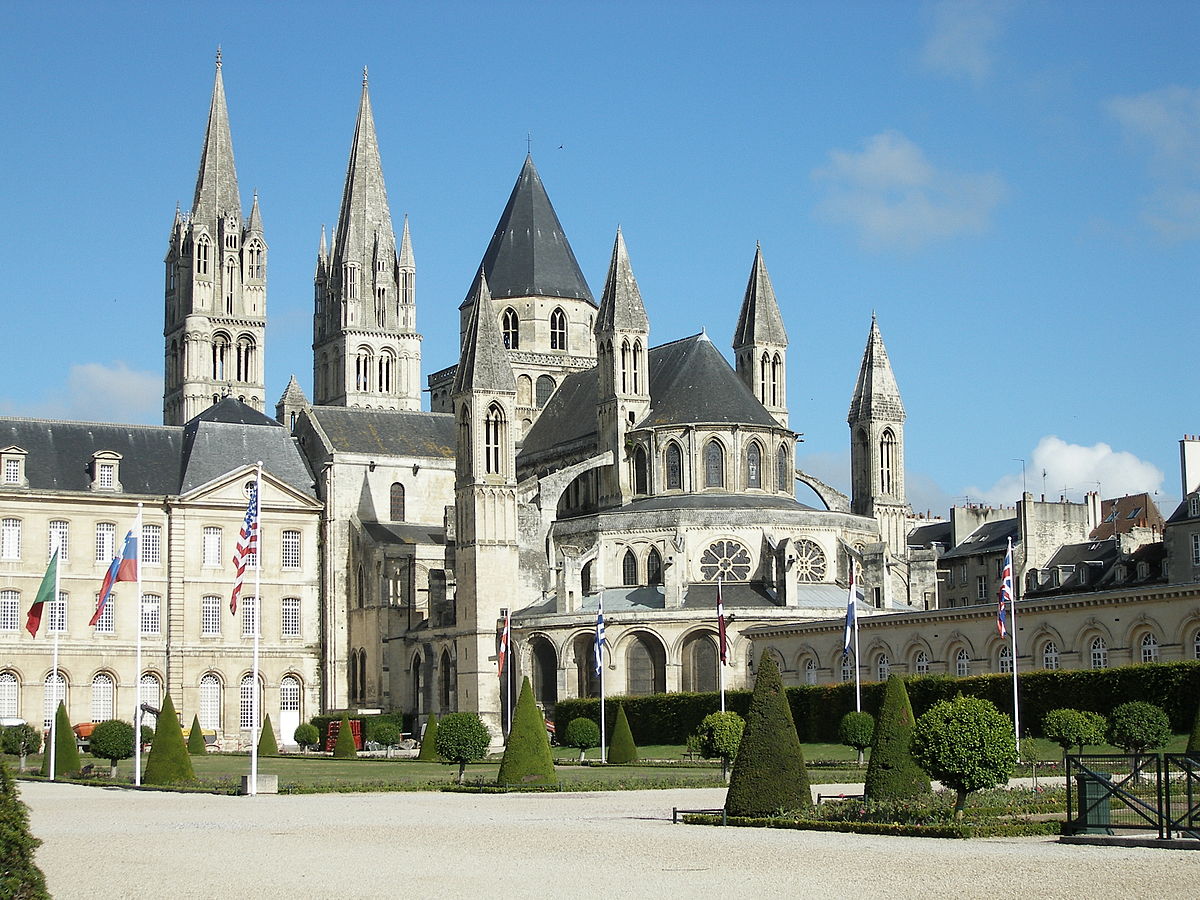
Caen Abbaye aux Hommes BALADES HISTORIQUES
History of the Abbaye aux Hommes. The Abbaye-aux-Hommes was founded by William the Conqueror in 1067 as penance for marrying his cousin, Matilda (who founded the Abbaye aux Dames for the same reason). The Conqueror himself was buried in the church. The Early Gothic choir replaced the original Romanesque sanctuary in 1202.The earliest example of Norman Gothic, it became the model for many.
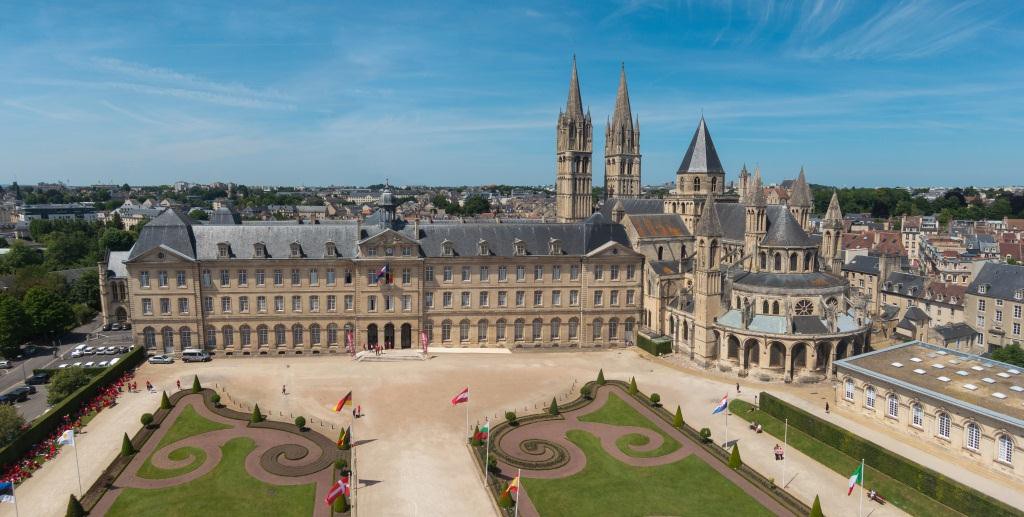
Abbaye aux Hommes Caen
The Abbaye-aux-Hommes was built by William the Conqueror in 1063, southwest of Caen, to be occupied by Benedictine monks. Abbaye-aux-Dames was built on the orders of William the Conqueror's wife and cousin, Matilda of Flanders. Located north of Caen, it was home to nuns. The creation of these 2 abbeys enabled the couple to obtain forgiveness.
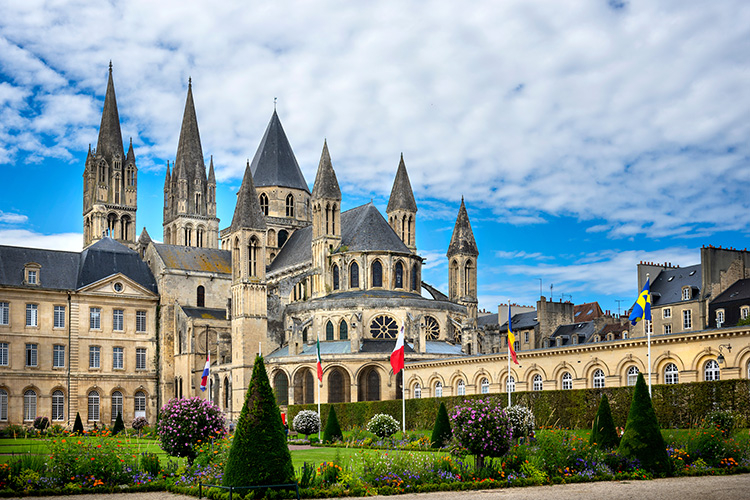
Abbaye aux Hommes History and Facts History Hit
Go to the abbey's counterpart, the Abbaye aux Dames (also known as the Abbey of Sainte-Trinité, or the Holy Trinity Abbey) is a Benedictine convent nearly one thousand years old. From Abbaye aux Hommes, walk about 25 minutes through the historic core of Caen, along the way, passing through the grounds of William the Conqueror's enormous castle.
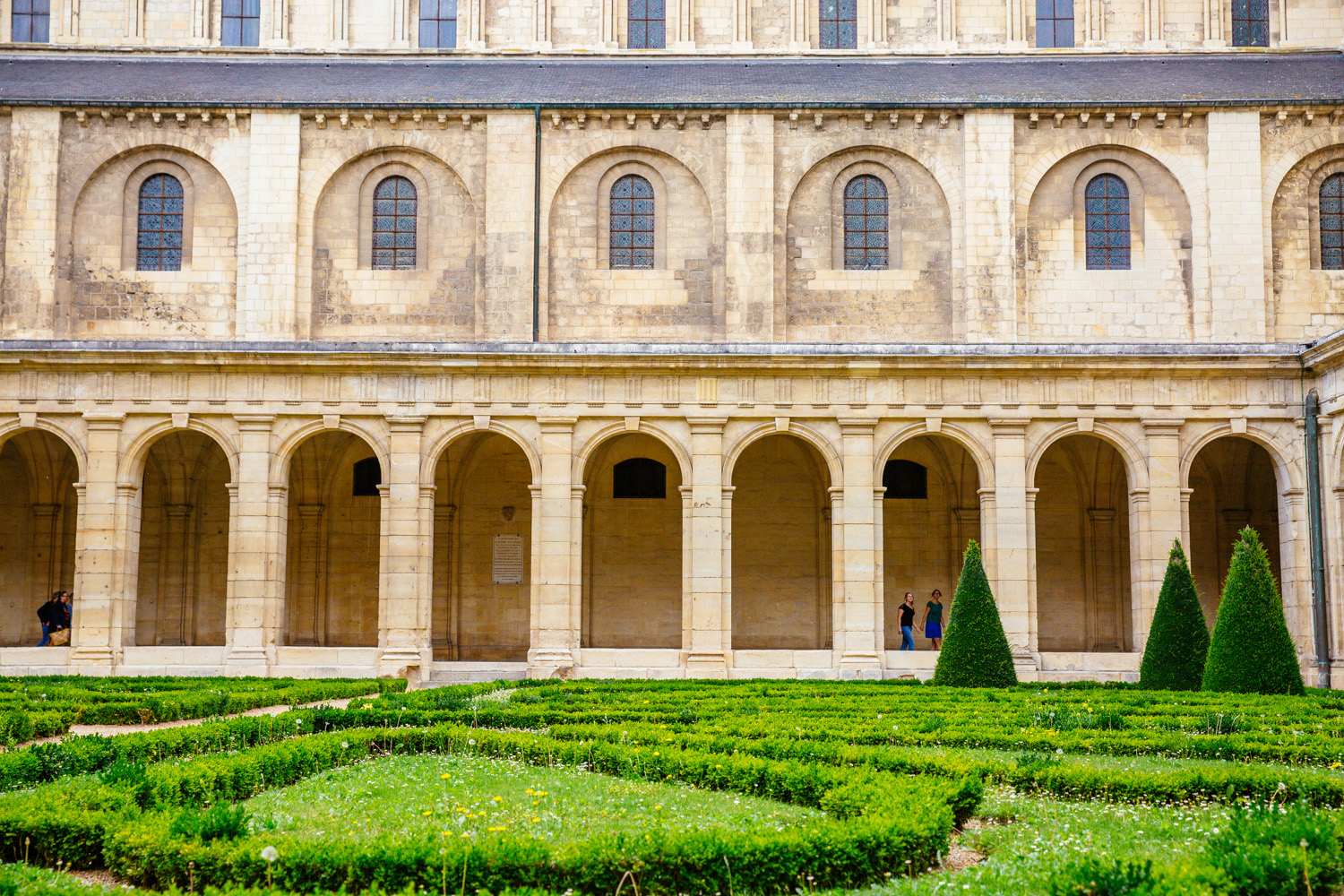
Abbaye aux Hommes à Caen, visite dans le Calvados en Normandie Calvados Tourisme
Les bâtiments monastiques du 18e siècle, abritant le cloître, des salles lambrissées parées de tableaux et la Salle des Gardes, sont aujourd'hui le siège de l'Hôtel de Ville. L'abbatiale abrite le tombeau de Guillaume. Visiter l'Abbaye aux Hommes avec un guide. Découvrir l'Abbaye aux Hommes en visite libre.

Abbaye aux hommes de Caen Caen france, Abbaye, Photographie
The spectacular Romanesque monument known as the Abbaye aux Hommes was founded by William the Conqueror and designed to hold his tomb within the huge, austere Romanesque church of St-Étienne. However, his burial here, in 1087, was hopelessly undignified. The funeral procession first caught fire and was then held to ransom, as factions.
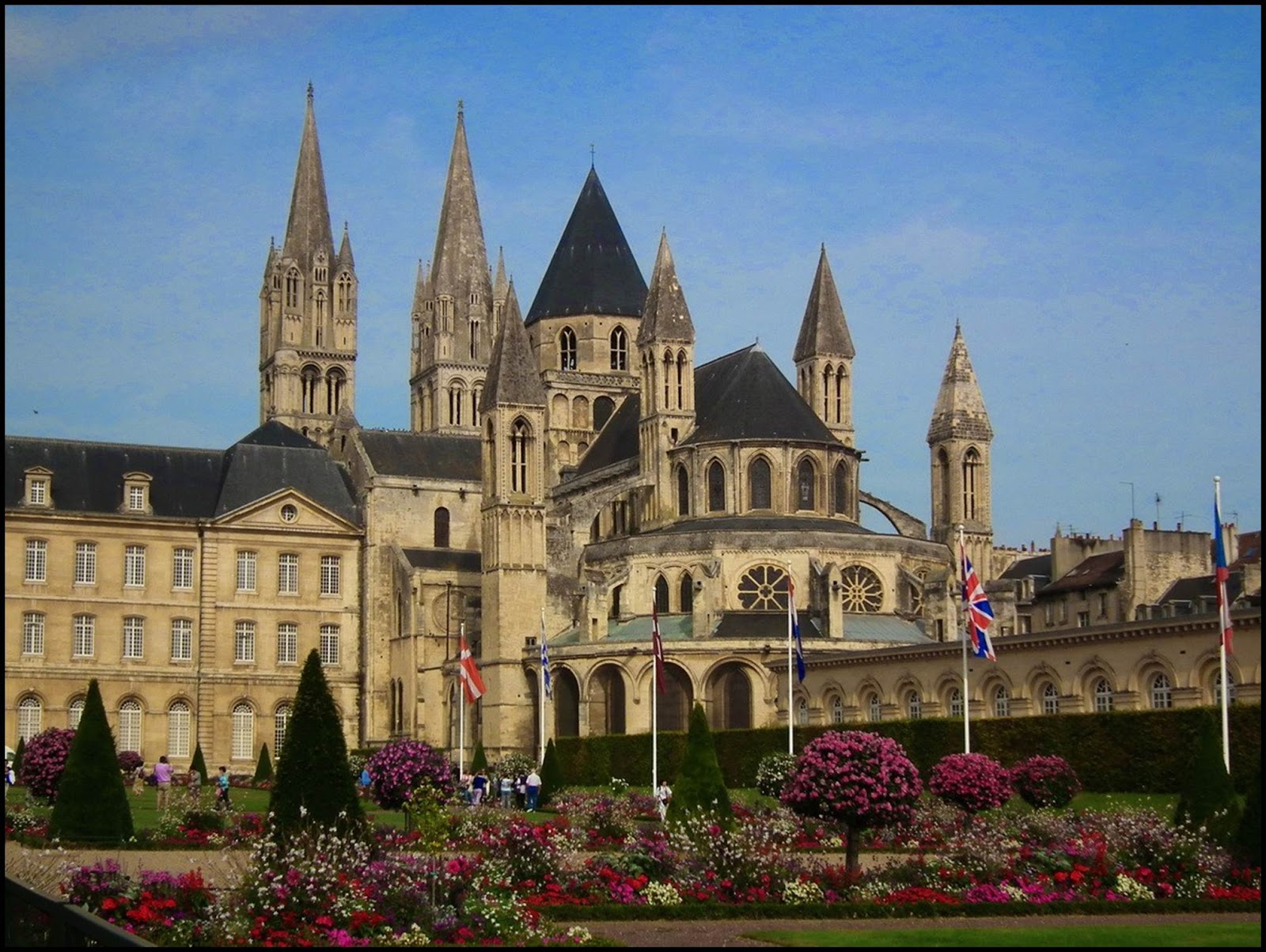
Travel Abbaye aux Hommes Travel the finest Romanesque Abbey Church in France Travel Tourism
Abbaye aux Hommes was founded about 1065 by William the Conqueror in honor of St. Stephen, who some claim is to be identified with the first Christian martyr who was stoned to death. The area around the entry to this abbey exhibits several panels with diagrams and explanations about its various component parts. There is also an inexpensive.
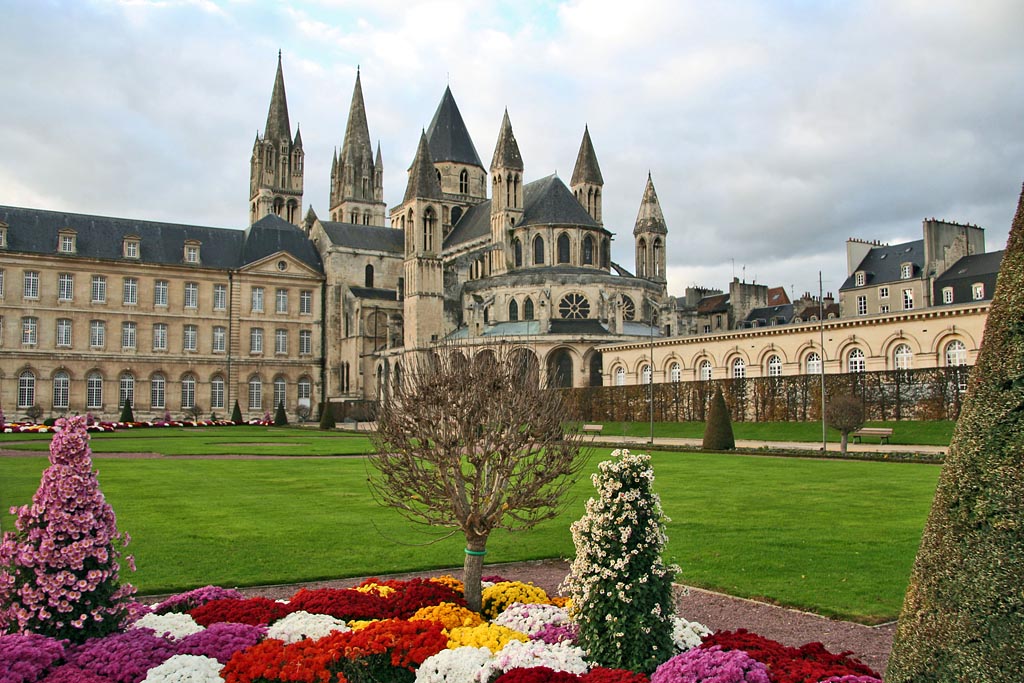
Chambres d'hôtes à proximité de l'Abbaye aux Hommes Caen
Abbaye-aux-Hommes. Caen's most important medieval site is the Men's Abbey - now city hall - and, right next door, the magnificent, multi-turreted Église St-Étienne (St Stephen's Church), with its Romanesque nave, Gothic choir and William the Conqueror's tomb (rebuilt; the original was destroyed by a 16th-century Calvinist mob and.

ROMANESQUE ARCHITECTURE, France St Etienne (the AbbayeauxHommes), Caen (10671120). It is a
ABBEY AUX HOMMES. Also known as "Sainte Etienne," the Abbaye-aux-Hommes, is a French Romanesque church located in the west side of Caen, a city in Normandy, located in northwestern France.To repeat, sometimes the architecture in this region of France and in this time frame (the 11th and early 12th century) is described as "Norman." Interestingly, to add a bit to the information above, locals.
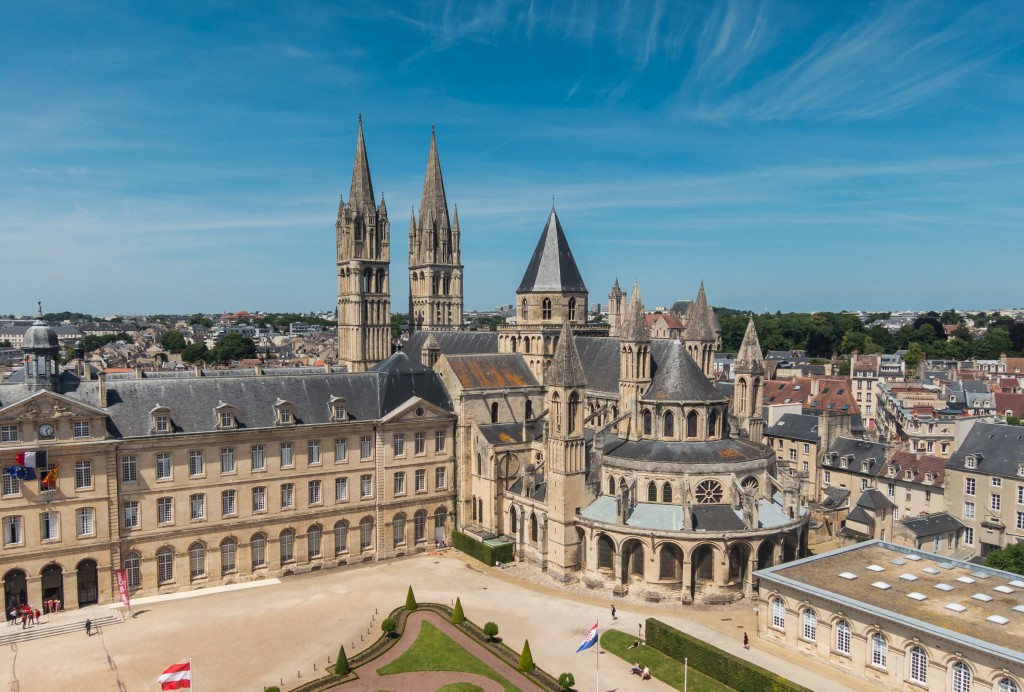
Abbaye aux Hommes, Caen
L'abbaye capitale. La ville de Caen présente les monuments symboles les plus importants de l'époque ducale en Normandie, dont l'Abbaye-aux-Hommes et l'Abbaye-aux-Dames, grands monastères bénédictins fondés vers 1060 par Guillaume le Conquérant et sa femme, Mathilde, en réparation de l'irrégularité de leur mariage dénoncée par le Pape.
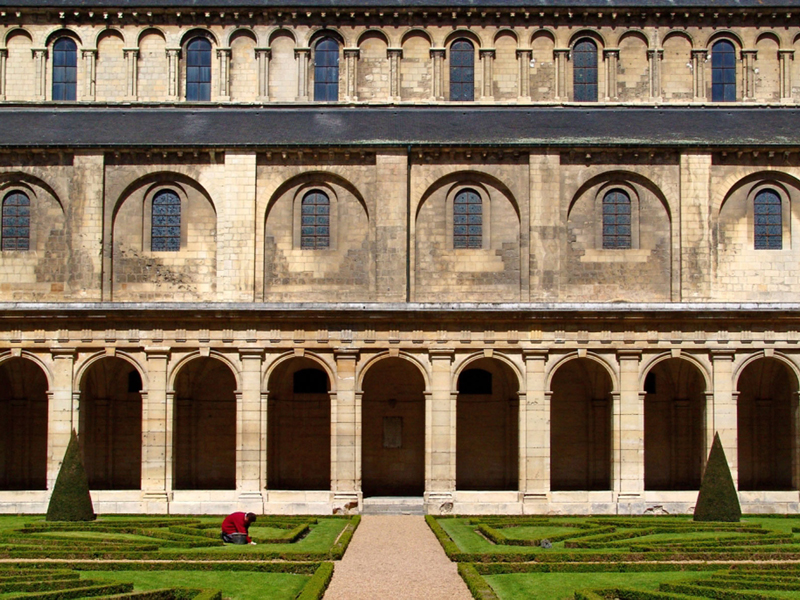
Abbaye aux Hommes à Caen, visite dans le Calvados en Normandie Tourisme Calvados
Caen, Église Saint-Étienne (Abbaye aux Hommes) Cahors, Cathédrale Saint-Étienne. Cambridge, King's College Chapel. Cambronne-lès-Clermont, Église Saint-Étienne. Canterbury Cathedral. Carcassonne, Cathédrale Saint-Michel. Carcassonne, Église Saint-Nazaire. Chablis, Église Saint-Martin. Chalon-sur-Saône, Cathédrale Saint-Vincent.

Abbaye aux Hommes, Caen
L'Abbaye-aux-Hommes forme avec la place Saint-Sauveur, récemment réhabilitée, un ensemble patrimonial unique. Les logis médiévaux et les bâtiments agricoles. L'abbaye était aussi une ferme et une hôtellerie. Elle abrite toujours un pressoir à pommes, une charreterie et une boulangerie.